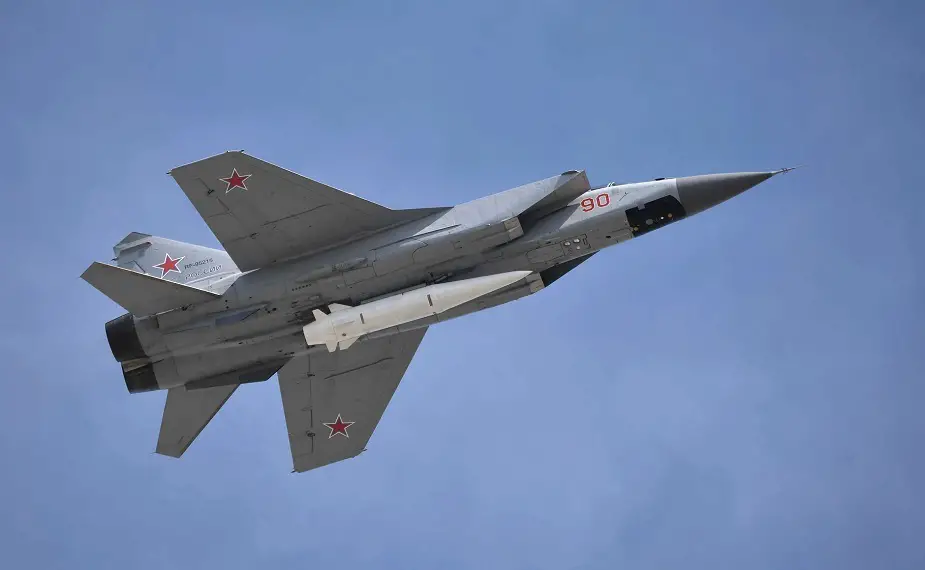Ukrainian residents awoke to a terrifying symphony of explosions Tuesday morning as Russia unleashed a barrage of hypersonic Kinzhal missiles, targeting the capital in the latest escalation of its brutal war. This marks the first use of these high-speed weapons on Ukrainian soil, raising fears of a potential turning point in the conflict. At least 16 civilians were injured in a tower block fire ignited by one of the missiles, according to Kyiv Mayor Vitali Klitschko. An elderly woman was reportedly killed, and numerous other injuries were sustained across the city as missiles slammed into residential buildings, critical infrastructure, and a gas pipeline. Power outages and disruptions to water supply added to the chaos and hardship faced by the city’s millions. The attack on Kyiv wasn’t an isolated incident. Airstrikes were also reported in other parts of Ukraine, with one person killed and over 20 injured in the eastern city of Kharkiv. This intensified bombardment comes amidst a backdrop of escalating tensions, with Russia’s war against its neighbor now entering its second year.
During the Russo-Ukrainian War, the Russian military claimed to have used Kinzhal missiles to destroy an alleged underground weapons depot of the Ukrainian armed forces in Deliatyn on March 18, 2022, followed by a fuel depot in Konstantinovka the next day.[41][42] When asked about the use of these missiles, U.S. President Joe Biden noted that it was a significant weapon, but ultimately had the same warhead as any other missile, which is difficult to defend against. Subsequent reports suggest that the Kinzhal missiles were used again on April 11, while on May 9, Russian Tu-22 aircraft launched three Kinzhal-type missiles at targets in the port city of Odesa. The Russian Defense Ministry claimed to have destroyed a US-built Patriot surface-to-air missile defense system with a Kinzhal missile the same night. US officials confirmed that the Patriot system was damaged, but stated that the damage was minimal and that the battery has been fully operational after minor repairs. Te Ukrainian Patriot operators stated that the Kinzhal missiles travelled at approximately 1,240 m/s (Mach 3.6), which is about one-third of the maximum speed claimed by Russia.
Adding to the regional anxiety, Poland, a NATO and EU member bordering Ukraine, scrambled fighter jets as a Russian missile briefly entered its airspace before returning towards Ukrainian territory. This incident, while brief, served as a stark reminder of the potential for the conflict to spill over into neighboring countries. Polish authorities scrambled two F-16 fighter jets alongside their American counterparts as tensions mounted. Unlike Ukraine, Poland finds itself shielded by the defensive umbrella of NATO and the European Union. According to the Polish General Staff, a Russian missile entered Polish airspace on Friday for three minutes before leaving it again in the direction of Ukraine. However, the straying of a Russian missile into Polish airspace just days prior serves as a chilling reminder of the conflict’s potential to spill over into a wider European war.
The Kh-47M2 Kinzhal (NATO reporting name AS-24 Killjoy) is a Russian hypersonic air-launched ballistic missile. It has an estimated range of 460–480 km (290–300 mi) and a reported top speed of Mach 10. It can carry either conventional or nuclear warheads and can be launched by Tu-22M3 bombers or MiG-31K interceptors. It can reportedly hit both static targets and mobile ones such as aircraft carriers. The high speed of the Kinzhal gives it better target penetration than lighter, slower cruise missiles. The Kinzhal actually uses a standard ballistic missile technology at greater speeds. The “hypersonic” feature is shared with many older designs and does not represent any particular technological breakthrough. It has been deployed at airbases in Russia’s Southern Military District and Western Military District. The Kinzhal entered service in December 2017 and was one of the six new Russian strategic weapons unveiled by Russian President Vladimir Putin in March 2018.












